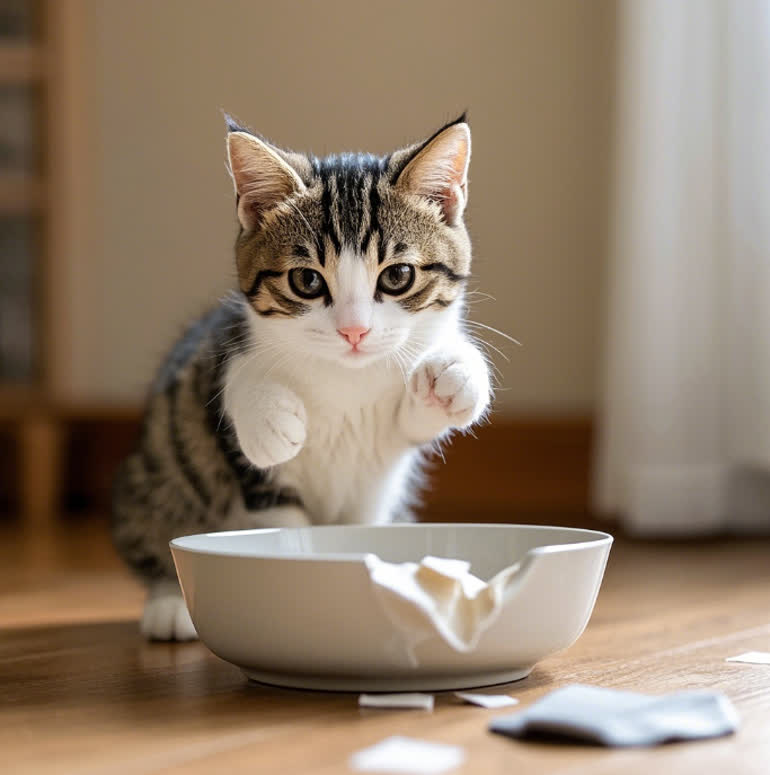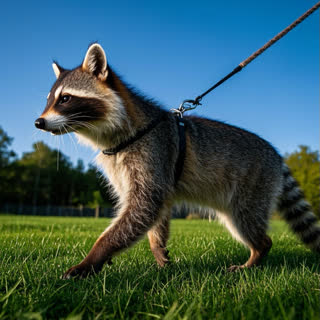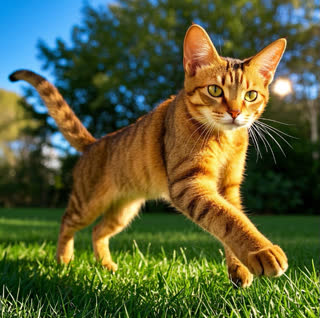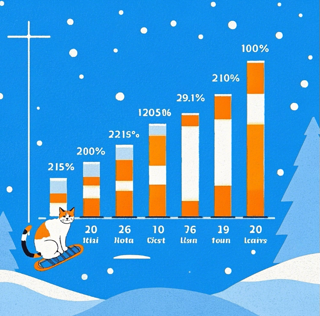Cat apology signs are subtle but fascinating communication tools that can strengthen your bond with your furry companion. While cats may not say "I'm sorry" in human terms, their body language, vocalizations, and behavior changes often reveal remorse after misbehaving. If you've ever wondered whether your cat feels guilty, this guide will decode their secret signals.
Understanding Feline Emotions: Do Cats Actually Apologize?
Before diving into signs your cat is apologizing, it’s important to address a common question: Do cats experience guilt? According to animal behaviorists, cats don’t feel guilt in the same way humans do. However, they can recognize when their actions lead to negative consequences (like upsetting their owner) and adjust their behavior accordingly. This adaptive response often looks like an apology to us.
For example, if your cat knocks over a vase and then avoids eye contact or brings you a toy later, they’re likely reacting to your frustration rather than feeling true guilt. Still, these behaviors serve as olive branches in cat-human relationships.
10 Key Cat Apology Signs to Watch For
1. Dilated Pupils and Avoiding Eye Contact
When cats feel anxious or remorseful, their pupils may dilate slightly. They might also turn their head away or avoid direct eye contact—a classic sign of submission in feline body language.
2. Slow Blinking
A slow, deliberate blink is a cat’s way of saying, "I trust you." After misbehaving, a cat might approach you with relaxed eyes and give you a gentle slow blink to defuse tension.
3. Rubbing Against Your Legs
Physical affection is a common sign your cat is apologizing. Rubbing against your legs or furniture near you releases pheromones that signal comfort and attachment.
4. Bringing Gifts
Cats sometimes bring dead prey or toys as "apologies." While this behavior is rooted in their hunting instincts, it often feels like a peace offering to humans.
5. Licking or Nuzzling
Grooming behaviors like licking your hand or nuzzling your face can be signs of remorse. Cats use these actions to bond and seek reassurance.
6. Hiding or Reducing Activity
Some cats retreat to quiet spaces after misbehaving. This isn’t just avoidance—it’s their way of calming themselves and giving you space.
7. Exaggerated Yawning
Yawning when approached after a mistake isn’t just a sign of tiredness. Cats often yawn to mask anxiety or stress.
8. Gentle Pawing
A light paw touch on your arm or leg might be your cat’s way of saying, "Let’s make up." They’re testing the waters to see if you’re still upset.
9. Returning to the Scene of the Crime
Cats sometimes revisit the area where they misbehaved, sniffing around as if assessing the situation. This could be an attempt to understand why their actions caused a reaction.
10. Vocalizing Softly
A quiet meow or trill when approaching you might be a hesitant apology. It’s their way of checking in without provoking further conflict.
How to Respond to Your Cat’s Apology
When your cat displays signs of apology, it’s essential to reinforce positive behavior. Here’s how:
Stay calm: Avoid scolding, as it can increase their stress.
Offer affection: Pet them gently to show you’ve forgiven them.
Use treats: Reward them with a favorite snack to create positive associations.
Redirect behavior: If the apology follows destructive habits, provide appropriate toys or scratching posts.
Why Cats Misbehave (and How to Prevent It)
Understanding the root causes of misbehavior can reduce the need for feline apologies:
Boredom: Cats need mental and physical stimulation. Rotate toys and provide puzzle feeders.
Anxiety: Changes in routine or environment can trigger stress. Create safe spaces and maintain consistency.
Territorial Issues: Multi-cat households may require separate resources (food bowls, litter boxes) to prevent conflicts.
The Science Behind Feline Communication
Research published in Animal Cognition suggests cats adjust their behavior based on human reactions. For example, they’re more likely to approach owners who respond positively to their overtures. This adaptability highlights the depth of cat-human relationships.
Conclusion
Decoding cat apology signs allows you to build trust and mutual understanding with your pet. Remember, patience and positive reinforcement are key—after all, even the most independent cats crave connection.










